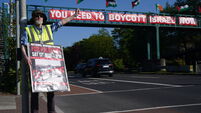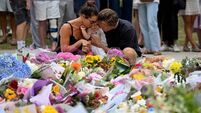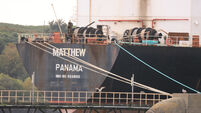Colin Sheridan: As Gaza's only lifeline stays closed, the corpses rot on the side of the road
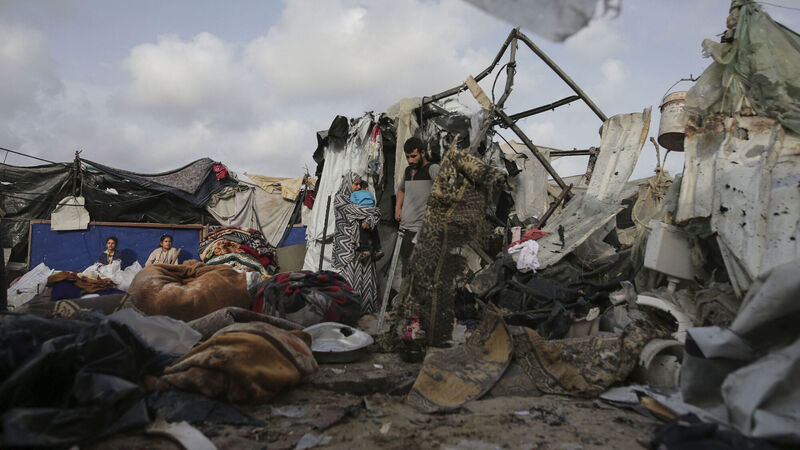
Displaced Palestinians inspect their tents destroyed by Israel's bombardment close to an UNRWA facility west of Rafah city in May. Photo: AP/Jehad Alshrafi
After yet another deadly airstrike on Rafah in late May, an AI-generated image circulating on Instagram aimed to generate global solidarity for Palestinians in Gaza.
was the slogan, the image a rather sanitised version of a dystopian reality for those living and dying there. Shared on social media over 50 million times, its creation was prompted by an Israeli airstrike that killed over 50 people in the middle of the night.
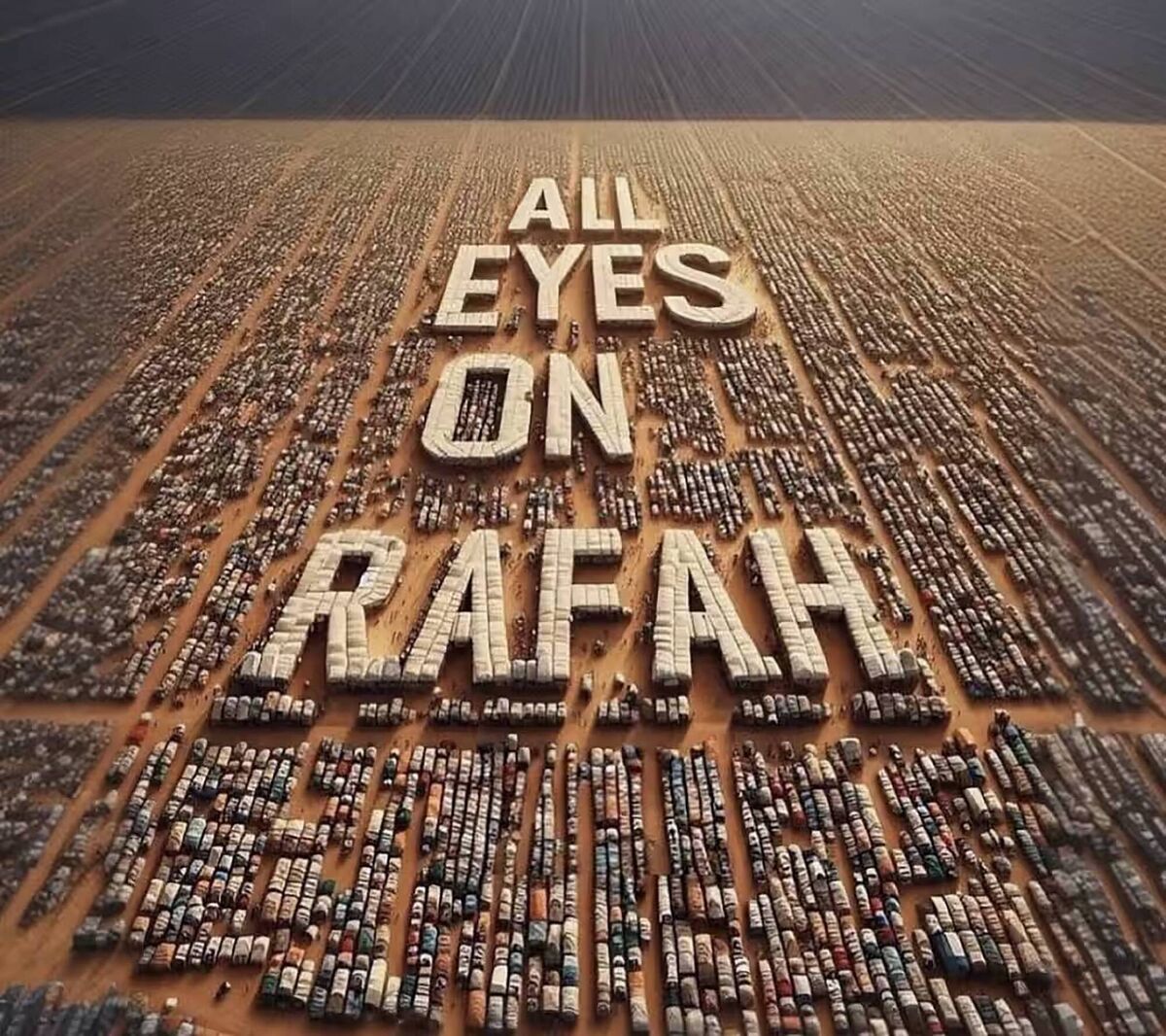
Sickening footage emerged of a tent city accommodating displaced Palestinians set alight as people slept, dismembered bodies pulled from the inferno. The most shocking evidence of the genocidal act was a video of a man carrying the body of a decapitated child.
It seemed then to be the darkest hour of what has been a nine-month descent into hell for the people of Gaza. became a call to action for every person horrified by the they saw.
Well intentioned, it allowed people around the world to show their support with Palestinians in a benevolent, if manicured and sadly contrived way. No expression of an opinion or side-taking was necessary, just a simple click of a button.
A like. A share. A repost. As expressions of solidarity went, it was a tad tokenistic, but certainly better than nothing.
Rafah, as a place and a state of mind, became a byword for genocide and slaughter, looming large in our collective consciousness, before, like the lives of those the Israeli bombs erased, it quickly disappeared.
The Tel al-Sultan massacre just another footnote in a genocide we have all come to accept is nowhere near complete.
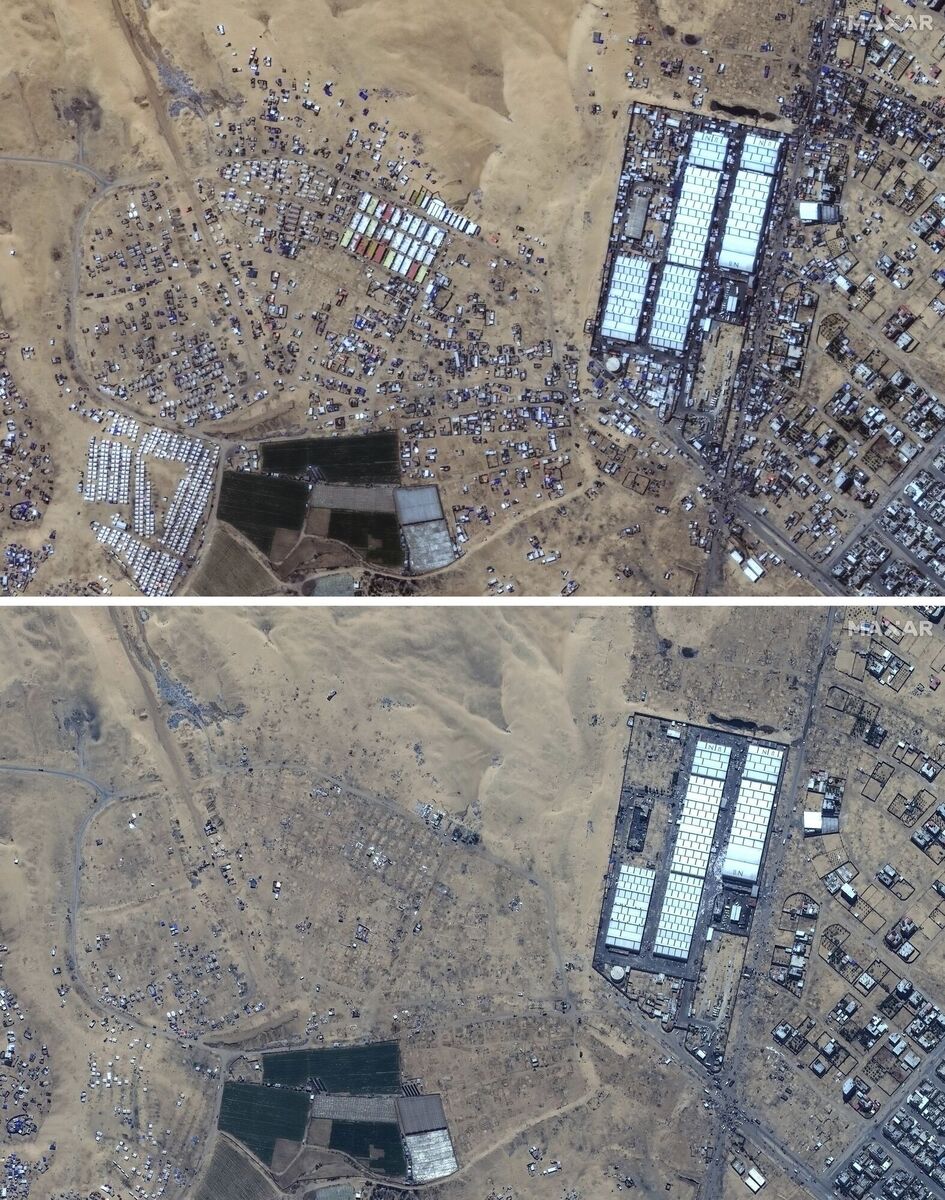
Rafah, a coastal city at the southernmost part of the Gaza Strip on the border with Egypt, saw its population swell exponentially since October 7 as Israel repeatedly “ordered” Gazans to relocate there under the sadistically false impression they would be safe.
Tent cities accommodating tens of thousands of displaced Palestinians appeared literally overnight, the emergency response of the United Nations and associated NGOs.
Many commentators speculated that the Israeli Government saw Rafah as nothing more than a brief stop on a journey of mass displacement for the Palestinian people, one that would ultimately see them forcibly exiled across the border to the Sinai in Egypt.
When it became clear Egypt would forcibly resist any such move, the IDF focused their military might on the very place they ordered a tormented population into fleeing to for safety. The Rafah offensive began on May 6. It continues today.
There is another side to Rafah — quite literally, and that, too, has become sadly forgotten. Up until the Israeli Defence Forces (IDF) seized it on May 7, the Rafah Crossing into Egypt was the only meaningful vein pumping blood into a Gaza starved of oxygen.
Food, aid, and medical supplies — all tightly controlled by Israel — were all routed through Rafah in a process that was as deliberately restrictive as it was essential.
“It was bureaucracy weaponised to cause maximum harm” an official from the International Federation for the Red Crescent and Red Cross (IFRC) told me in Cairo.
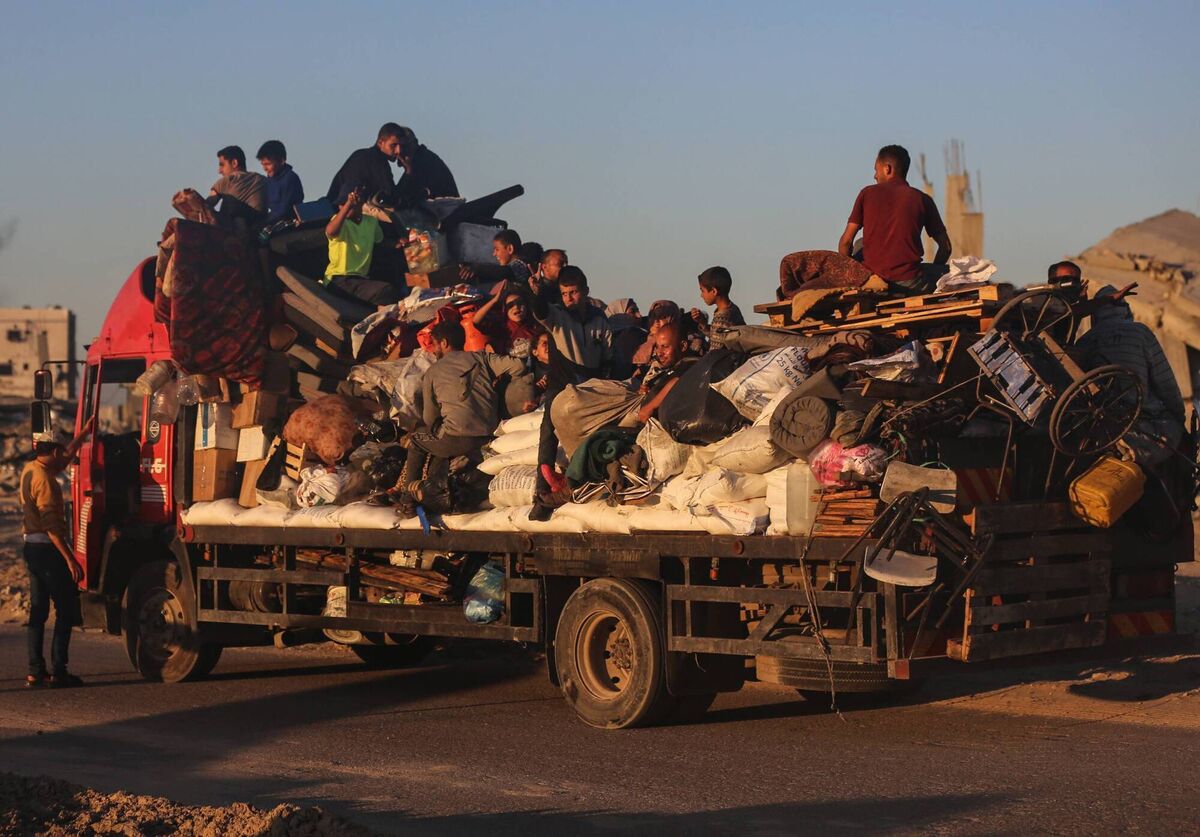
“The list of what medical supplies and equipment changed every day, so we could not plan. If one box of surgical gloves was green, for example, they might refuse it because it was a military colour. Instead of sending the gloves back, they would refuse the entire shipment.”
The Coordinator of Government Activities in the Territories (COGAT), the Israeli government agency in charge of “facilitating” what came in and out at Rafah, would supply lists of what was acceptable and what was not.
“We were so careful with what they wanted, we regularly overcompensated,” the IFRC official said, “still, on any given day, they could find a problem with one small thing, and deny everything.”
Food and medical supplies were not the only thing transiting through Rafah. There were people, too.
“Long before they closed the crossing, we supplied them with a list of 9,000 patients in Gaza in need of medical treatment that we meticulously identified in co-ordination with the agencies on the ground there.
"The idea was to bring them here in Egypt and treat them. We prioritised women and children, of course. We gave them the list. We got assurances.”
What happened?
“Nothing. No explanation, nothing.”
Where are these people now?
“We have no idea. Many of them are probably dead.
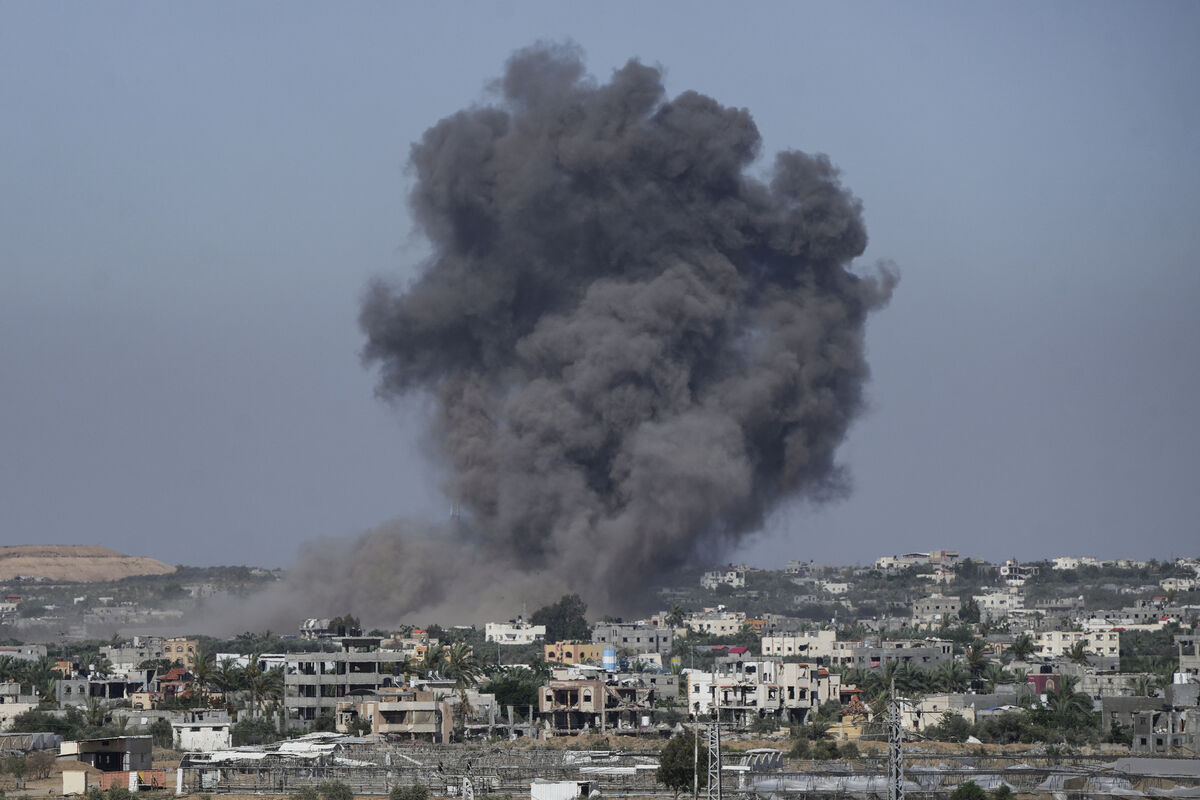
“The worst part is this. The equipment is here. The food is here. The ability and manpower to go into and establish an effective medical and humanitarian intervention is all here. We have warehouses full of essential equipment. There are field hospitals that could be established in hours. Hospital ships from many countries that could dock today. It is all ready. We have a plan.”
“By closing Rafah, they are stopping it all.”
Israel will argue that it is not them that closed the crossing, but Egypt.
The Egyptian response to that is that they were forced to after the IDF violently seized control of the crossing. Either way, for over two months now, nothing has gone in or out from Rafah.
From a logistical standpoint, the consequences are potentially staggering. Tens of thousands of tons of humanitarian aid, food, medical supplies lie untouched in containers, potentially expiring and rotting in extreme Egyptian heat.
The will is there, the ability to administer it, deprived by Israel. Meanwhile, the corpses rot on the side of the road.
Rafah’s closure is also a victory for Israel's strategic info and psychological warfare. While it remained open, albeit under their malevolent jurisdiction, the Egyptian side of the crossing served as a totem of their brutal tactic of coercive control of the entry and exit of everything.
UN agency heads, MEPs, European leaders such as our own Tánaiste, humanitarian activists — all of them used Rafah as a pulpit to shout for intervention — whether it was a ceasefire or improved access for aid.
That, and the staggering visual of mile after mile of aid trucks stuck on the Egyptian side (on May 26, the Norwegian refugee council said as many as 2,000 aid trucks were stuck on the Egyptian side of the Rafah border crossing), served as both a photo-op and actual evidence that had the ability to shock the world, and assert pressure on the Israeli and US governments to allow aid in and people out as more Palestinians were killed, and starvation arrived with the stifling summer heat.
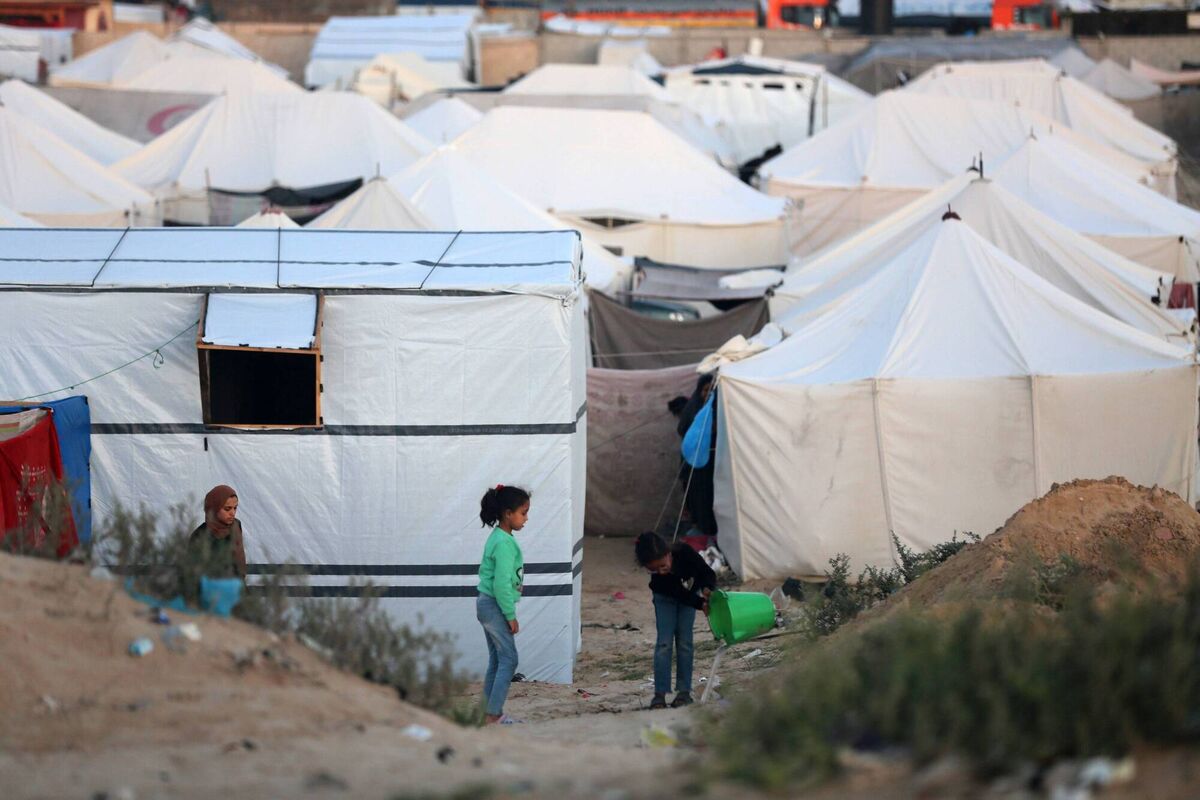
Instead, Rafah now is just another afterthought of an unprecedented humanitarian crisis. The aid that was barely trickling through before May has slowed to a sporadic drip from the only remaining open crossing at Kerem Shalom.
Hospitals are closing due to lack of supplies and the inability to rotate personnel to run them. Food and clean water is scarcer than before. Sanitation a forgotten luxury. A single cigarette can cost up to $50 on the street.
By seizing Rafah, Israel has once again diverted the eyes of the world from the one place we could freely judge Netanyahu's genocidal policies for ourselves. No queues of trucks.
No despairing voices appealing for an intervention. Just food, medicine, and lifesaving supplies, rotting in the summer heat.






